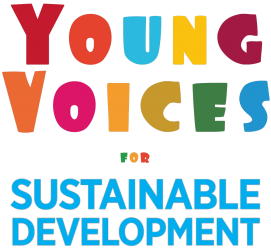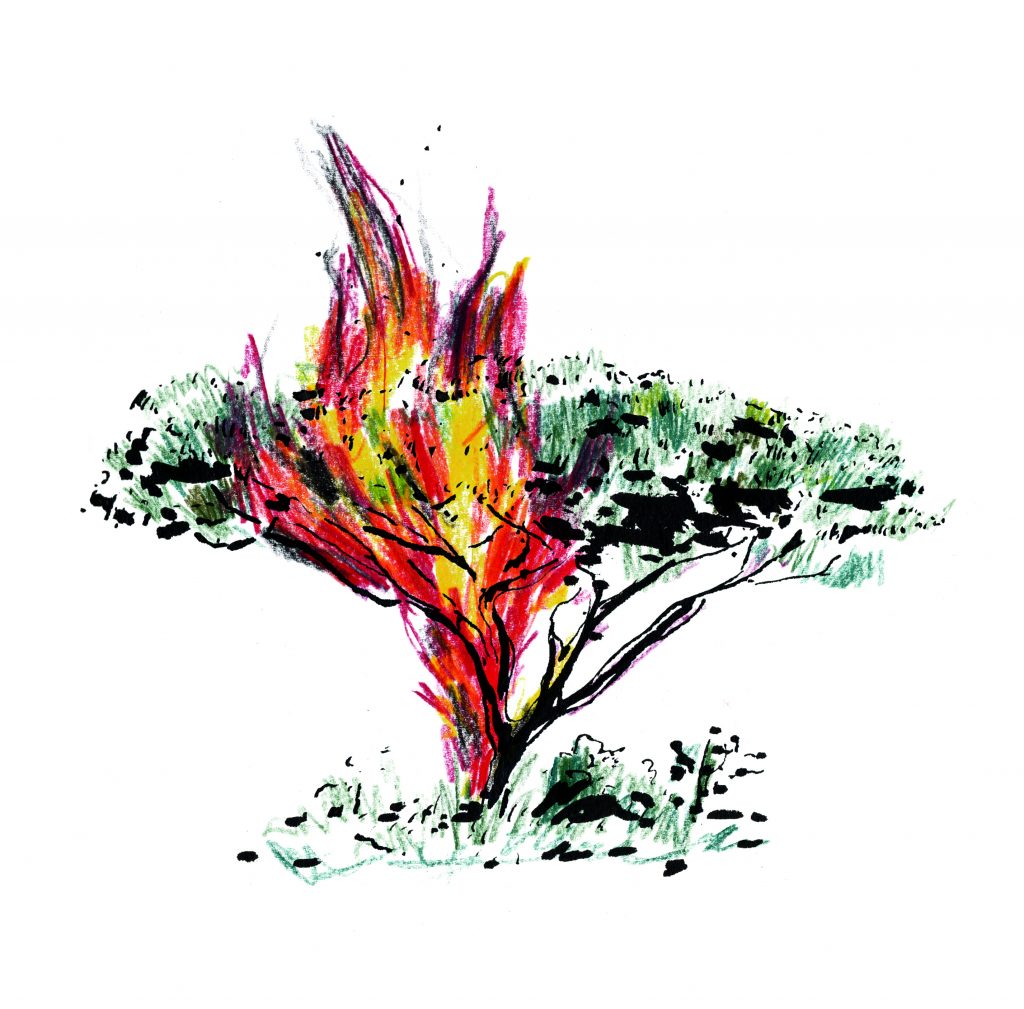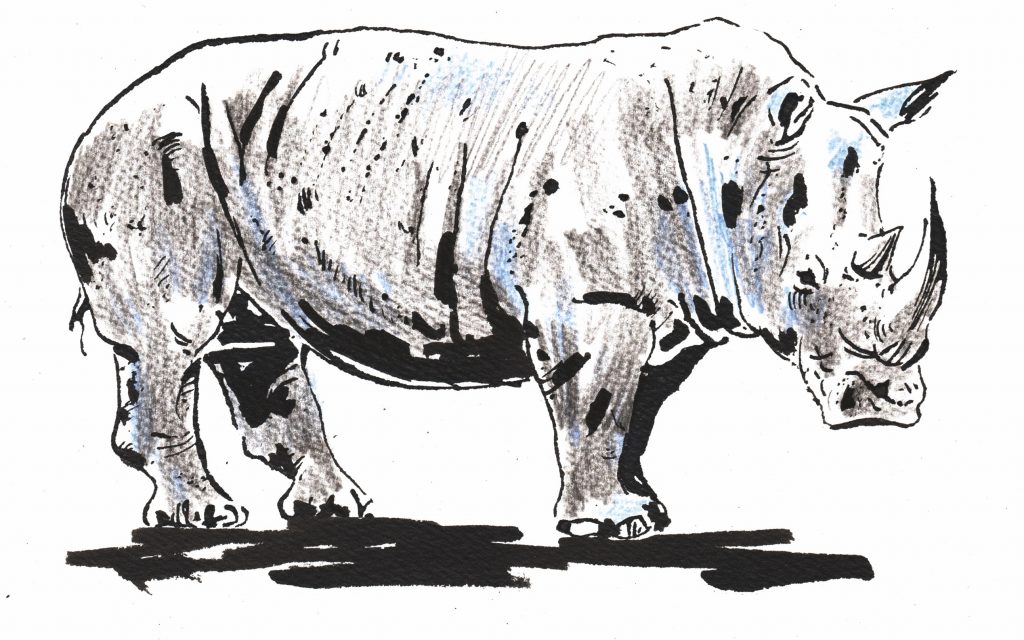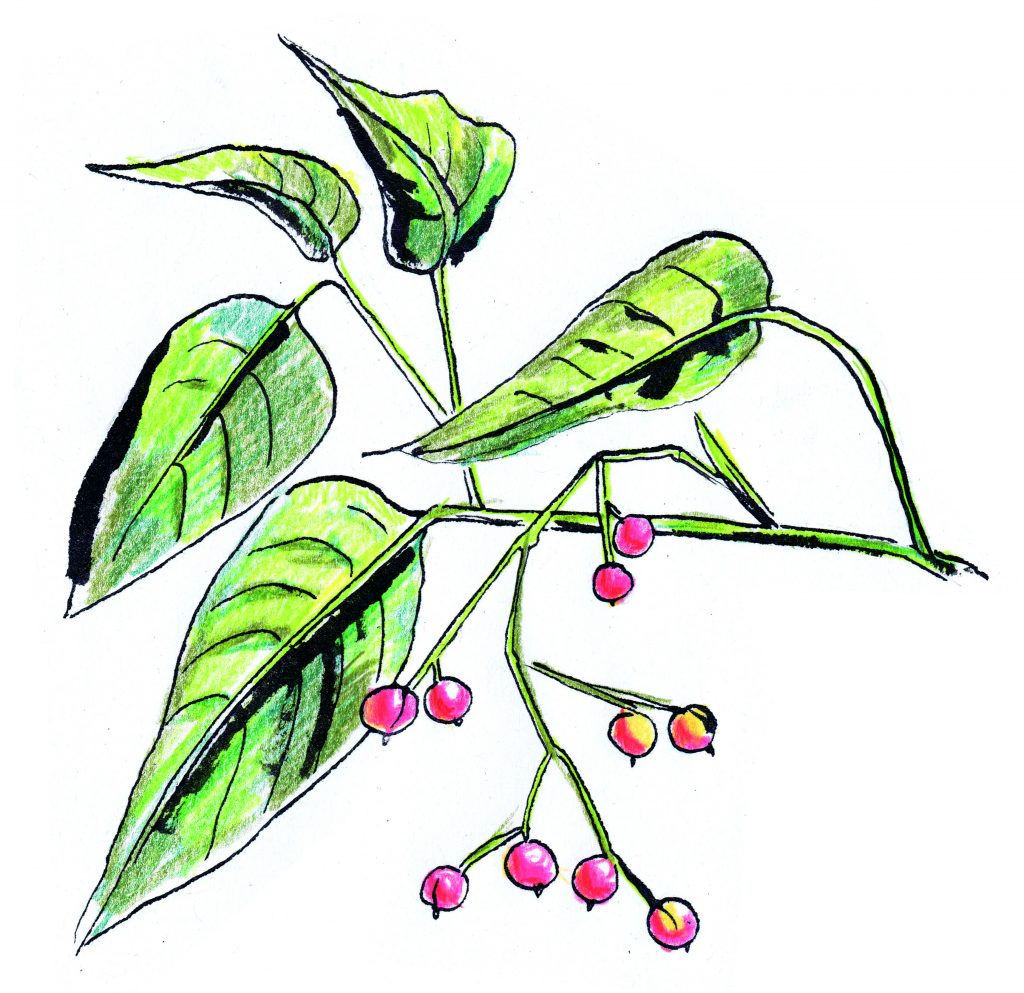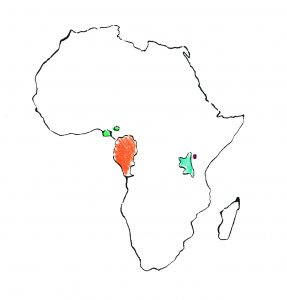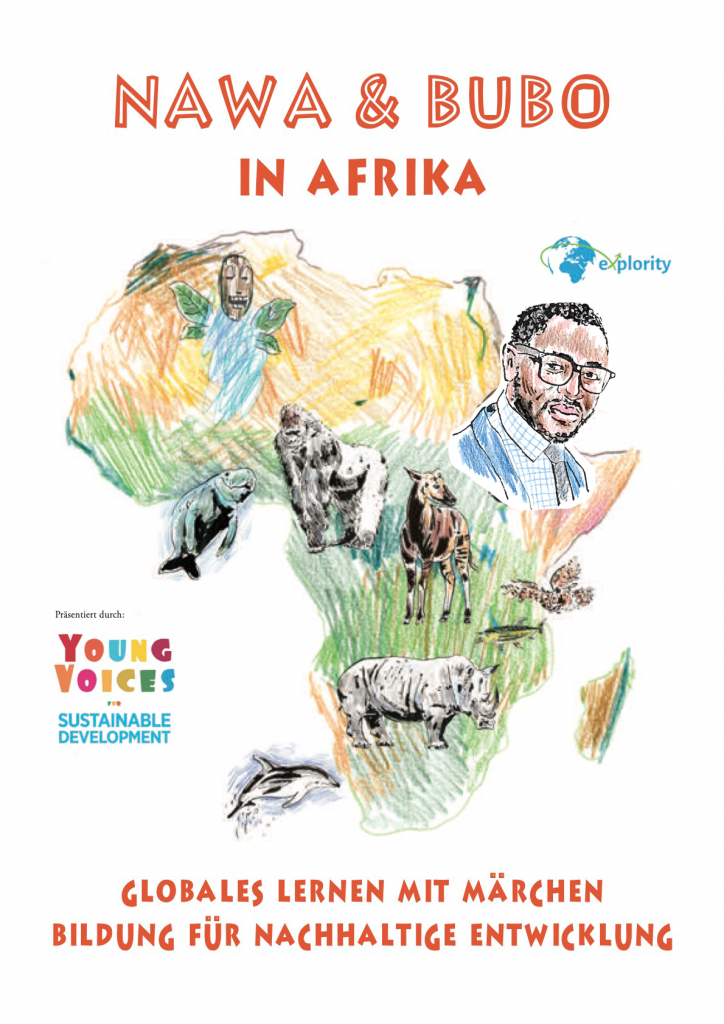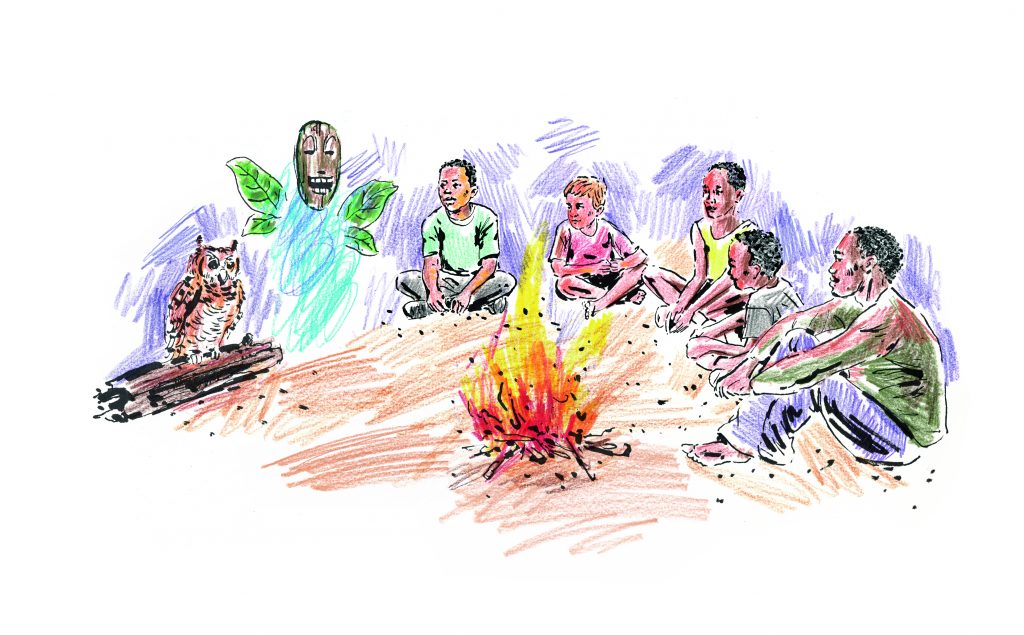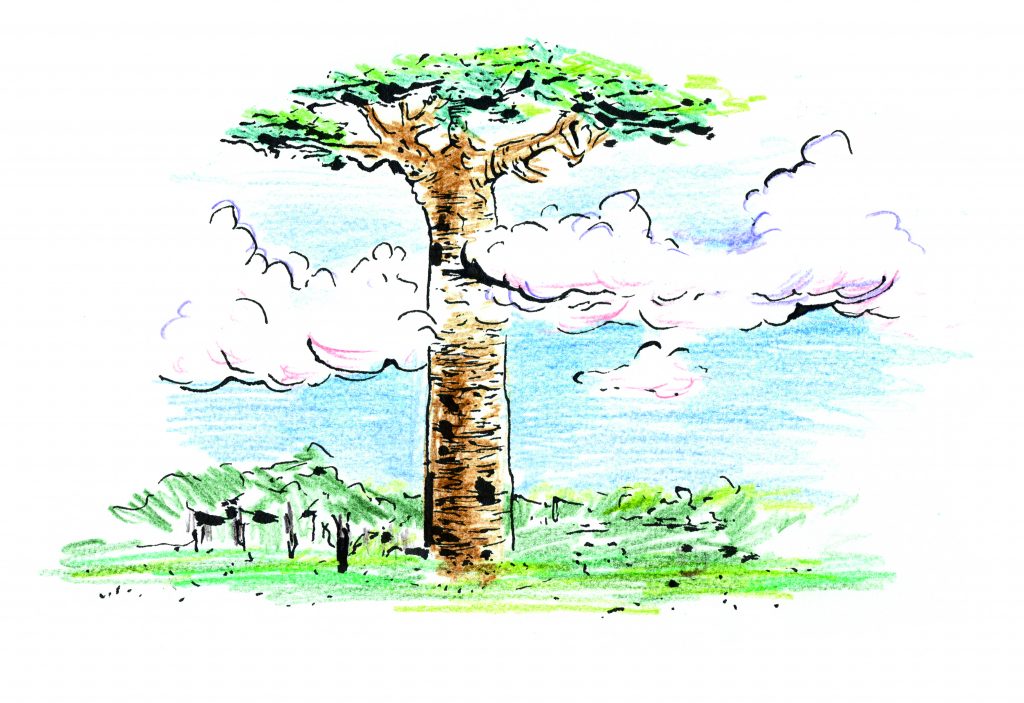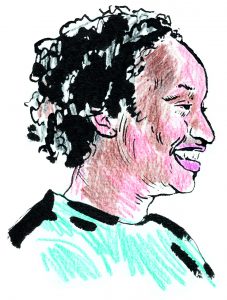
Explority hatte Gelegenheit, mit einer sehr spannenden Afrikanerin zu sprechen: Dr. Gladys Kalerna-Zikusoka ist Tierärztin und betreut Gorillas in einem Naturschutzgebiet in Uganda. Außerdem hat sie eine Stiftung gegründet, mit der sie die Arbeit des Naturschutzgebietes unterstützt.
Hallo Dr. Gladys, sie sind Veterinärin im Bwindi Impenetrable Forest National Park in Uganda, wo der Berggorilla lebt. Sind sie ein Gorilla-Doktor?
Ja, ich bin eine Gorilla-Doktorin! Mein erster Job in der medizinischen Versorgung von Gorillas war bereits 1996, womit ich die erste Ärztin für Gorillas in Uganda wurde.
Wie oft sehen Sie Gorillas?
Ein- oder zweimal im Monat besuche ich die
Gorillas im undurchdringlichen Bwindi-Natio-
nalpark, in dem sich der Berggorilla befindet.
Wie fühlen sie sich, wenn Sie einen Gorilla treffen?
Es ist etwas ganz Besonderes, es ist magisch. Ich fühle mich sehr entspannt, weil der Gorilla sehr ruhig und sanft ist, wie ein riesiger Buddha. Was für ein Tier ist der Gorilla? Mit 98% Übereinstimmung des genetischen Materials sind Gorillas dem Menschen sehr nahe. Sie sind Vegetarier und essen Pflanzen, Blätter und Stängel, nicht so viele Früchte, weil sie die meiste Zeit am Boden verbringen. Sie ziehen die Stängel der Bananenpflanze der Frucht vor, was häufig zu Konflikten mit lokalen Bananenbauern führt. Gorillas leben in Gruppen, angeführt von einem alten männlichen Gorilla der wegen seiner silbernen Haare
auf dem Rücken Silberrücken genannt wird. Seine Gruppe besteht aus einem Gorilla Harem mit einem bis sechs Weibchen. Wenn sie Babys haben, ziehen sie sie auf, bis sie ihr eigenes Bett bauen können. Erst dann, nach 4 Jahren, bekommt das Gorilla Weibchen ein weiteres Baby. Die älteren Gorillas kümmern sich emotional
gut um die jüngeren, bis sie unabhängig werden können.
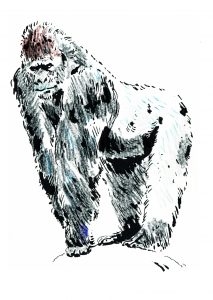
Wie können Sie die Gesundheit der Gorillas überwachen?
Wir können ihre Gesundheit überwachen, indem wir sie besuchen. Wir prüfen, ob sie aufgrund von Allergien oder Krankheiten wie
Krätze abnormales Verhalten wie Niesen oder Kratzen zeigen. Manchmal, wenn ein Baby weint, wissen wir auch, dass etwas los ist, weil Gorilla-Babys normalerweise nicht weinen. Wir können ihren Kot sammeln und später im Labor nach Auffälligkeiten untersuchen.
Wie heilen sich Gorillas, wenn sie krank sind?
Gorillas verwenden Heilpflanzen. Wir können auf ihren Kot schauen und sehen, welche Art von Pflanzen sie essen, um sich selbst zu heilen, zum Beispiel wenn sie Würmer haben…..
Neugierig geworden? Das ganze Interview findet ihr in den Bildungsmaterialien. Dazu besucht ihr den Surfraum von Nawa & Bubo in Afrika

